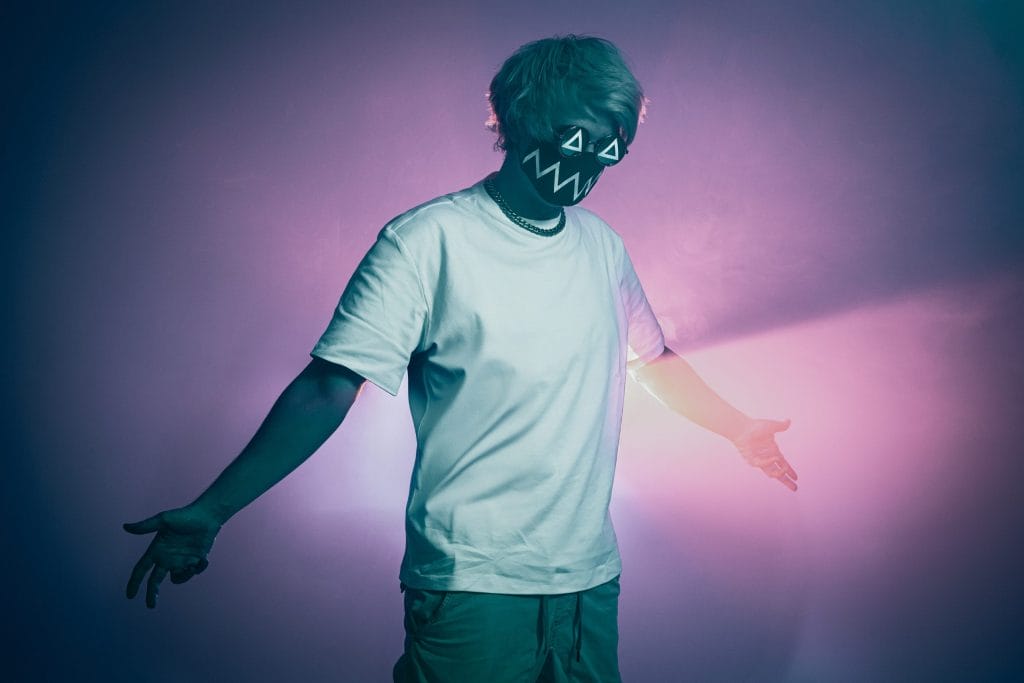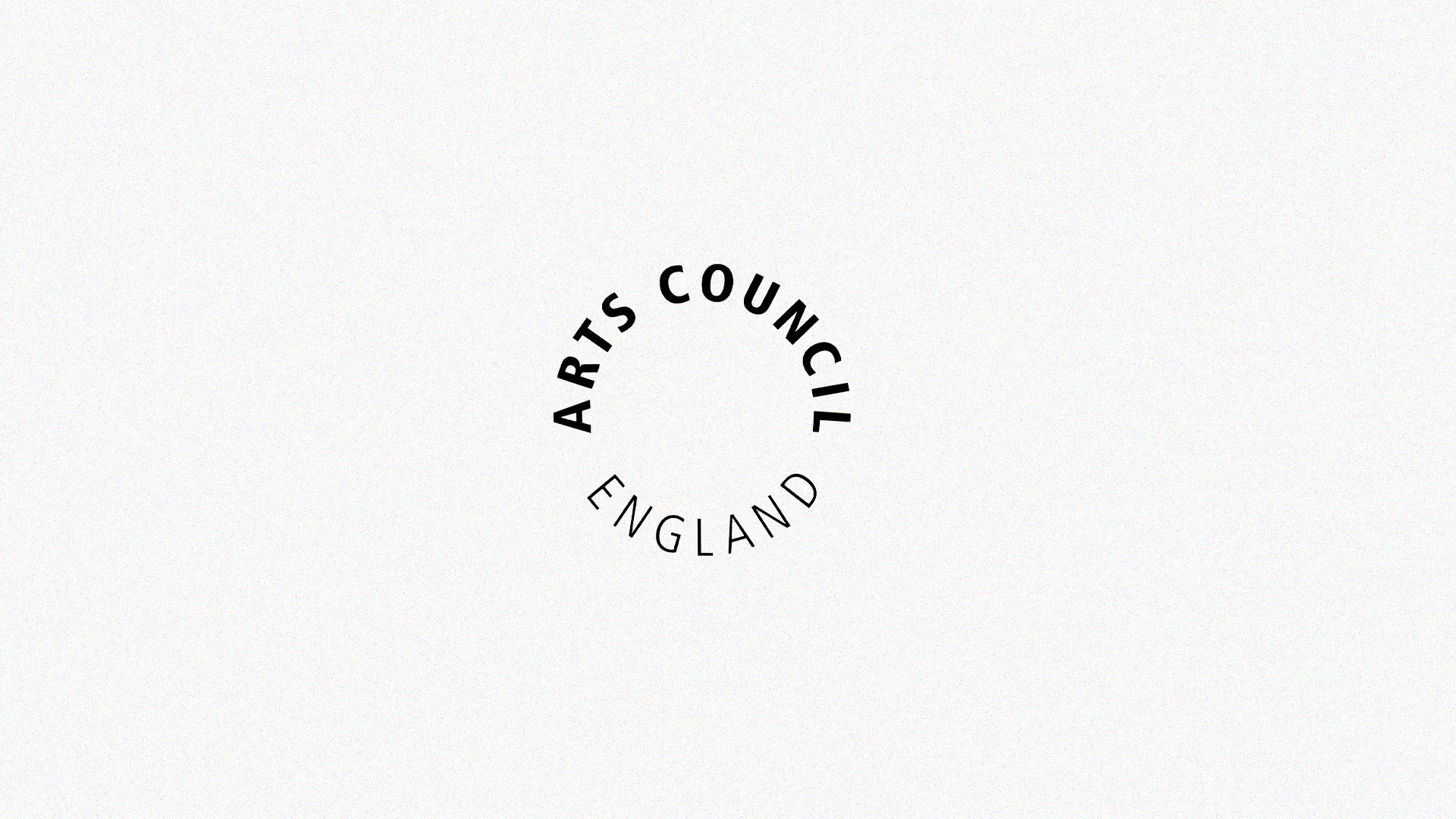
Tokyo Machine’s ‘Factory Reset’ Is a Sonic Reboot With Teeth
Tokyo Machine is no stranger to evolution.
With his new EP FACTORY RESET, the masked Monstercat veteran hits a hard reset on both his sonic identity and the visual world that surrounds it. It’s the first time we hear his voice on a track. It’s also his boldest project to date, arriving with a full-fledged US tour, a genre-agnostic approach to bass music, and a multimedia universe driven by his CHOMPO label and CHOMPO Tour. Where his earlier tracks leaned into glitchy nostalgia and video game aesthetics, FACTORY RESET leans into something heavier, more physical, and deliberately live-oriented.
From opening track “THE FURIOUS” through the glitch-fueled chaos of “SCREW UR FACE UP,” the project is intentionally disorienting in all the right ways. But there’s also a calculated vision here. Rather than a collection of singles engineered for algorithmic traction, the EP unfolds like a live set — engineered with transitions, tension, and thematic progression. In our conversation, Tokyo Machine explains how touring with Virtual Riot shaped his creative instincts, how he road-tests songs long before they’re released, and why the decision to use his real voice was ultimately a decision to get closer to his fans.
FOLLOW TOKYO MACHINE: INSTAGRAM | SPOTIFY | SOUNDCLOUD | TIKTOK | X | YOUTUBE
Even after racking up 300 million streams and major sync deals with Red Bull, F1, and Fortnite, Tokyo Machine remains deeply hands-on. His approach to music is more fluid than brand-locked, often weaving unreleased projects into video games or cross-genre collaborations without fanfare.
In this interview, he breaks down the creative decision-making behind FACTORY RESET, shares why he still loves letting tracks fail in front of live crowds, and opens up about building the CHOMPO universe from the inside out.
How do you deal with tracks or projects that never make it out into the world?
I have thousands of unreleased tracks. Sometimes it is a quality reason. Not every record I make hits my standard of quality for a Tokyo Machine release. Other times, the song is good but it does not fit the Tokyo Machine brand and universe. I have made a few lofi albums for fun that would not make sense for Tokyo Machine to release. A bunch of my “unreleased” music ends up being used for uncredited syncs (video games, sample packs) or other projects that use them (think vocalists, rappers).
To me, the enjoyment comes in making the record. How it is released — if at all — is less important to me. Even for Tokyo Machine, I did a bunch of ghost production for different video games before I ever released an official Tokyo Machine song. I do not view having unreleased songs as a negative. I view it as a privilege that I get to curate my own library, regardless of what someone else thinks.
Have you ever learned something important from a session or idea you didn’t end up releasing?
All the time. I try to schedule as many in-person sessions as I can. 99% of the time, what you make during them gets scrapped. Sometimes those ideas find themselves in other songs of mine. Other times, the songs themselves go nowhere, but the creative process and things I learn stick with me. I enjoy doing sessions with genres outside of my own so that I can learn how other musicians approach song creation.
I had the privilege to work with a handful of K-pop and J-pop groups. They really opened my eyes to incorporating fan service into songs. I have a blast working in the studio with the guitarist too. They give me a new perspective on different melodies or songwriting approaches. I hosted a few house sessions recently with Monstercat Silk acts like Shingo Nakamura. After working with them, I apply things I learned from the house world into the dubstep and bass music I have been working on.
Do you see your unreleased work as part of your creative development — or something separate?
Yes, absolutely. One of the reasons I love touring is I can work on a record, try it out live, and test the audience reaction. If it flops, I walk away from it. You can hear a pin drop in the club when a stinker gets played. Yet, when something works, you can tell immediately. There is a gasp from the audience.
There is no feeling like it. It is my main source of inspiration for making music.
What usually makes you shelve a project — and how do you know it’s time to move on?
Once I sign the song to a label, they typically work with me on selecting a release date. This naturally forces me to move on from the song as “time runs out” before it releases into the wild. If the song has not been signed, I always find myself tinkering around with it.
I would not say I “shelve” it so much as, after a while, a new song will steal my focus. It is not uncommon that I come back to an abandoned song, even years later.
Can you think of a time when an old, unfinished idea turned into something better down the line?
I have an unreleased song called “JELLY” that my fans love; I play it at shows all the time. I have been tinkering with it for something like five years. It is getting to the point where I should probably release it. I just never found the right home or moment for it. Maybe one day.
How often do you go back through your “vault,” and what are you typically looking for when you do?
It is pretty rare that I release old songs. My sound is constantly evolving, and I like focusing on new stuff. I frequently want a particular element from an old song for a new song, though. Vocal samples are a big one for that. With my song “GALACTICAL,” it was actually two older songs I “merged” together into one complete song. By bringing them together, it made the song feel modern and cohesive. I reworked a lot of it, but the core of those two older songs was still there.
What role does walking away from an idea play in how you’ve shaped your sound over time?
I recently walked away from some of the more “chiptune” sounding elements to my records. When I first started Tokyo Machine nine years ago, fusing lighthearted chiptune with heavy bass records was unique and caught people off guard. Now, it feels like everyone is doing it. I have been moving into a more “physical” sounding design for my records. I want people to feel like the song is physically in the room with them. I still add elements of my old sound, but in a much more subtle way. I want to always surprise my listeners.
FACTORY RESET feels like a full-blown creative reboot. What inspired the concept of literally ‘resetting’ the Tokyo Machine project — both musically and visually — and how did CHOMPO play into that evolution?

When I started releasing music as Tokyo Machine, I was not old enough to get into clubs. My sound was focused around video games and TV shows. It was very digital, as was my life. As I got older, I started becoming part of the live show scene — both as an artist and fan. I wanted my new music to not only reflect my age (since I am no longer a teen) but also where I am spending most of my music time, which is on the road, inside physical studios, and at venues.
I did not want to abandon my old sound completely though. One reason I love CHOMPO (my music label) is I can sign and mentor the new wave of producers making that “digitally” inspired chiptune bass sound. There is always a place for that sound. CHOMPO signs all kinds of bass music, but I will always have a soft spot for the “chiptune” style bass music my career was built on.
This marks the first time you have revealed your voice on a project. Why now? And how did that choice affect the way you approached storytelling in the EP?
After shows, fans would come up to me to say hello. They have amazingly kind things to say. It is such a special moment to meet your fans in person. Not being able to talk back to them, or having to use a fake voice, felt so inauthentic. I felt like I was preventing the fan from getting to know me.
When I first got into the EDM scene, there was pressure for acts to be “mysterious.” Now, it feels like the opposite is what people want. People want to know you, and I want to know them. It has been incredibly liberating, and I have never felt closer to my fans. I feel like we have been building a really close community on the road together.
CHOMPO is more than just a tour or a label; it is clearly part of a larger world you are building. Can you share a bit about the character and vision behind CHOMPO, and how fans can expect it to evolve?
For years, I had been creating dubstep “MAWNSTERS” to be part of my universe. They are creatures that I design with my longtime designer Amanda Cha. CHOMPO was always a special one. He is a 2D dinosaur that got “lost” from a video game and stumbled into our physical 3D world. He is an outsider and a loner. He is somewhere he does not “belong.” He uses music to find people and fit in.
I felt he was the perfect representation of myself and my journey with music. When I decided to start my own label, he was the obvious fit for it. We are building a lot around him. We have done video game launches for CHOMPO inside Rec Room and Roblox. He got his own avatar inside of Reddit — the first music avatar ever on the site. He has even been featured in the game SMITE.
We are currently writing a manga focused around Tokyo Machine and CHOMPO’s story.
Heck, he has a Spotify page with a handful of solo CHOMPO records. This year was CHOMPO’s debut tour. It featured myself, Teminite, Boom Kitty, Akeos, and of course CHOMPO. The CHOMPO label has been a huge success, and I have been honored by the number of artists that have released with us.



